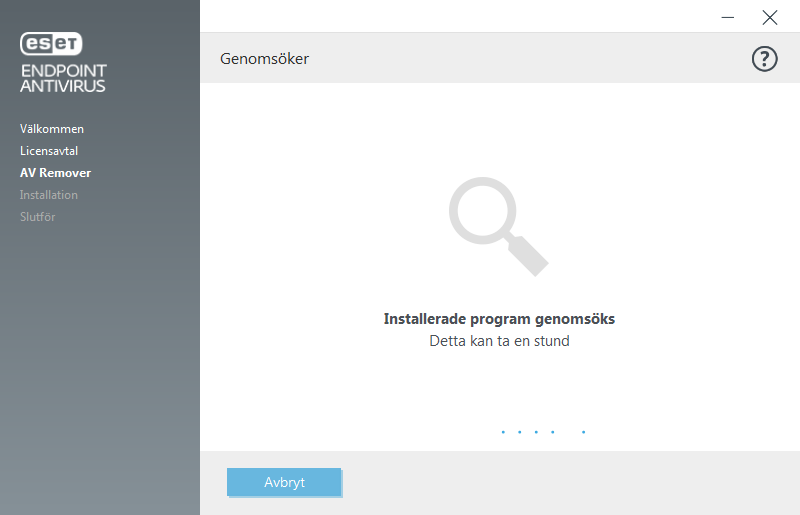

Since apt is designed for a Linux user, it doesn’t cause much fuss when developers update it or introduce their own implementations of it. The two commands basically perform the same functions, but apt is easier to use and has some user friendly features, like a status bar to show the progress as packages are installed. In technical terms, this means that apt provides a high level interface for package management and apt-get provides a low level interface. To put it simply, apt is the command meant for the Linux user, and apt-get is the command meant for system use. What is the difference between apt and apt-get? Other distro developers may come up with their own tweaks, so when we’re discussing apt and apt-get in this article, we’re specifically talking about its implementation on Debian and Ubuntu. For example, Linux Mint has its own variation of the apt command, which is actually just a wrapper that utilizes apt-get and includes some additional functionality. When describing the differences between these two commands, mileage may vary depending on which distro you’re using.

There are a lot of other distros that are based on Debian, and most of those also use APT.

$ – requires given linux commands to be executed as a regular non-privileged userĭebian and Ubuntu are probably the most notable Linux distros that use APT (Advanced Package Tool) software which contains the apt and apt-get commands, among others, that you are used to seeing. # – requires given linux commands to be executed with root privileges either directly as a root user or by use of sudo command Privileged access to your Linux system as root or via the sudo command. Requirements, Conventions or Software Version Used Apt vs apt-get Software Requirements and Linux Command Line Conventions Category


 0 kommentar(er)
0 kommentar(er)
